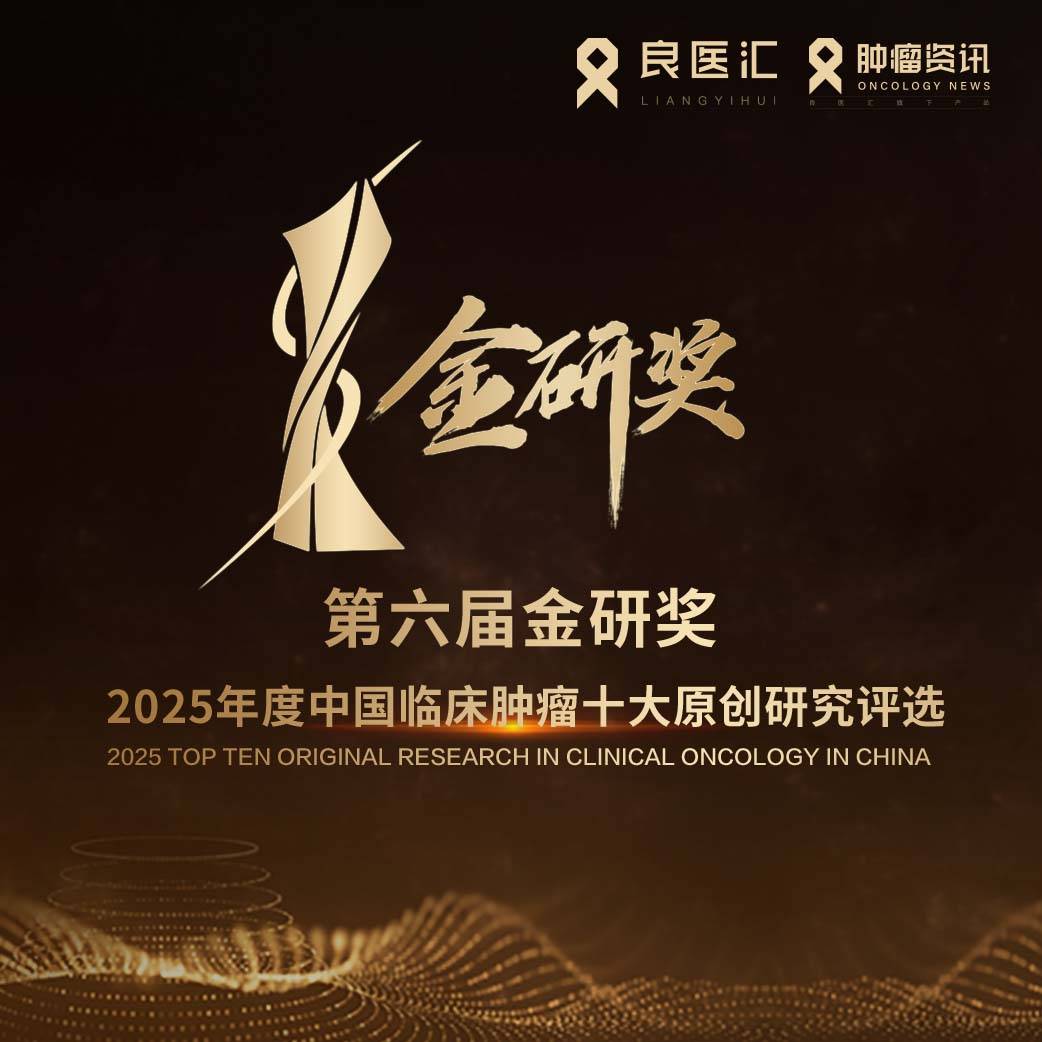
以下内容原文发布于AACR官方博客《Cancer Research Catalyst 》, 中文内容仅做参考。
针对患者肿瘤中发现的特定突变进行个性化治疗
发表在美国癌症研究协会(American Association for Cancer Research,AACR)期刊《Cancer Discovery》上的国际临床试验MAPPYACTS数据表明,在对肿瘤进行基因组测序后,107名儿童癌症复发患者接受了匹配的靶向治疗,而非标准疗法。
儿童癌症的缓解率较高,85%的患者在确诊后可存活五年或更长时间。然而一旦癌症复发,可用的治疗方案十分有限。
“(该研究的)主要目的是对病人的肿瘤进行基因分析,并基于此为治疗方案提供建议。”法国Gustave Roussy癌症中心的儿科临床研究教授Birgit Geoerger博士介绍说,“是否存在可作为新型药物靶点的分子改变?”
大量儿童癌症患者都会接受基因panel测序,通过对常见的肿瘤驱动基因进行测序以寻找对应突变。虽然此类信息可以提供关于肿瘤发生和发展的有价值线索,但一般较少用于指导治疗决策。Geoerger博士表示:“还需要开展大量试验以测试用于儿童患者的靶向治疗方案。”
原文如下:
PATIENTS WERE MATCHED TO THERAPIES TARGETING SPECIFIC MUTATIONS FOUND IN THEIR CANCERS
PHILADELPHIA – Genomic sequencing of tumors from pediatric cancer patients experiencing a relapse enabled 107 patients to receive an appropriate matched therapy that is not the standard of care, according to data from the international clinical trial MAPPYACTS, published in Cancer Discovery, a journal of the American Association for Cancer Research.
Pediatric cancers have a high rate of remission, with 85 percent of patients surviving five years or longer after diagnosis. However, if the cancer returns, treatment options are limited.
“The main purpose was to genetically profile the patients’ tumors and use that to suggest a treatment,” said Birgit Geoerger, MD, PhD, a professor of pediatric clinical research at Gustave Roussy Cancer Center in France. “Are there molecular alterations that we can target with these newer drugs?”
In many cases, pediatric cancers are subjected to gene panel sequencing, in which common cancer driver genes are sequenced to look for mutations. While this information can provide valuable insights about how the tumor operates, it is not often used to guide treatment decisions. “There are not a lot of trials testing targeted therapies in children,” Geoerger said.
Geoerger and colleagues initiated the MAPPYACTS clinical trial to prospectively recruit pediatric patients with relapsed cancers and perform comprehensive whole exome sequencing (WES) and/or RNA sequencing in order to recommend a therapy tailored to each patient. They collected tissue samples from 774 patients, 632 of which were successfully sequenced. A clinical molecular tumor board then reviewed the sequencing data from each patient.
Mutations were considered “ready for routine use” if there was significant clinical evidence that a drug could effectively treat tumors harboring the mutation. Mutations were considered “potentially actionable” if any evidence existed that an approved or investigational drug—a drug being tested in clinical trials—could target the mutated protein or another member of the affected signaling pathway.
The clinical molecular tumor board identified 432 patients with potentially actionable alterations, 107 of whom were then treated with a matched targeted therapy, either alone (57 percent), in combination with chemotherapy (37 percent) or in combination with another targeted therapy (11 percent). Notably, 42 percent of the “ready for routine use” alterations found in this study were previously unknown or had not been identified by previous diagnostics. The majority of cancers with “ready for routine use” mutations were tumors of the central nervous system, such as gliomas and medulloblastomas, or anaplastic large cell lymphomas.
Geoerger said this lack of detection was not because tests for these alterations do not exist, but because they are not always used. “It didn’t mean an alteration couldn’t be found, rather that nobody looked for it,” she said.
The overall response rate of patients who received a matched therapy was 17 percent, with a 41 percent disease control rate. Among patients with alterations ready for routine use, all of whom received their treatments as a monotherapy, the objective response rate was 38 percent. Patients with potentially actionable mutations that were not ready for routine use had an overall response rate of 14 percent.
The researchers also investigated the possibility of using circulating tumor DNA (ctDNA)—fragments of tumor cell DNA that circulate in the blood—to identify targetable mutations. Though the researchers did not make treatment decisions based on this arm of the study, they successfully performed WES on ctDNA from 128 patients with matched tumor WES and found 94 potentially actionable mutations, 35 of which had not been detected by tumor WES. Sequencing of ctDNA also successfully identified 76 percent of potentially actionable alterations that were found in tumor tissue.
In addition to accounting for tumor heterogeneity that traditional biopsies may miss, Geoerger hopes that liquid biopsies can spare some children from invasive procedures and allow also for the profiling of tumors that are difficult to biopsy or resect, such as those found in the central nervous system.
Overall, Geoerger feels that this study provides evidence for widespread genetic sequencing of pediatric cancers and the matching of patients’ tumor genetic profiles with targeted therapies and their combinations, research that she and her colleagues are continuing in the concurrent AcSé-ESMART trial and the upcoming MAPPYACTS 2 trial.
“Our recommendation would be to have a sequencing panel for the ‘ready for routine use’ mutations and fusions,” Geoerger said. “Nearly everybody should have that as part of their diagnostic setup.”
Limitations of this study include the fact that changes in treatment recommendations have evolved since the clinical molecular tumor board issued their decisions in 2016. Further, many of these treatment regimens haven’t been extensively tested in children, which can complicate decisions about dosing and duration.
This study was funded by the Institut National du Cancer, the Fondation ARC, the Association Imagine for Margo, the Fédération Enfants et Santé, the Société Française de lutte contre les Cancers et les leucémies de l’Enfant et l’adolescent, Dell, the Annenberg Foundation, Association Hubert Gouin—Enfance et Cancer, Meghanora, Fundación FERO, Fundación Rotary, and Gustave Roussy Cancer Center. The authors declare no conflicts of interest.






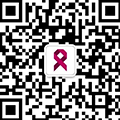
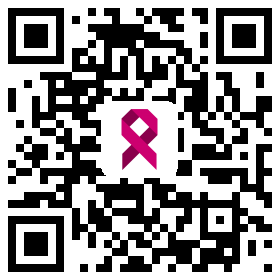
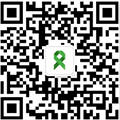
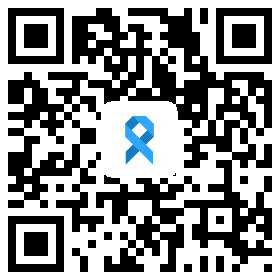

 苏公网安备32059002004080号
苏公网安备32059002004080号


